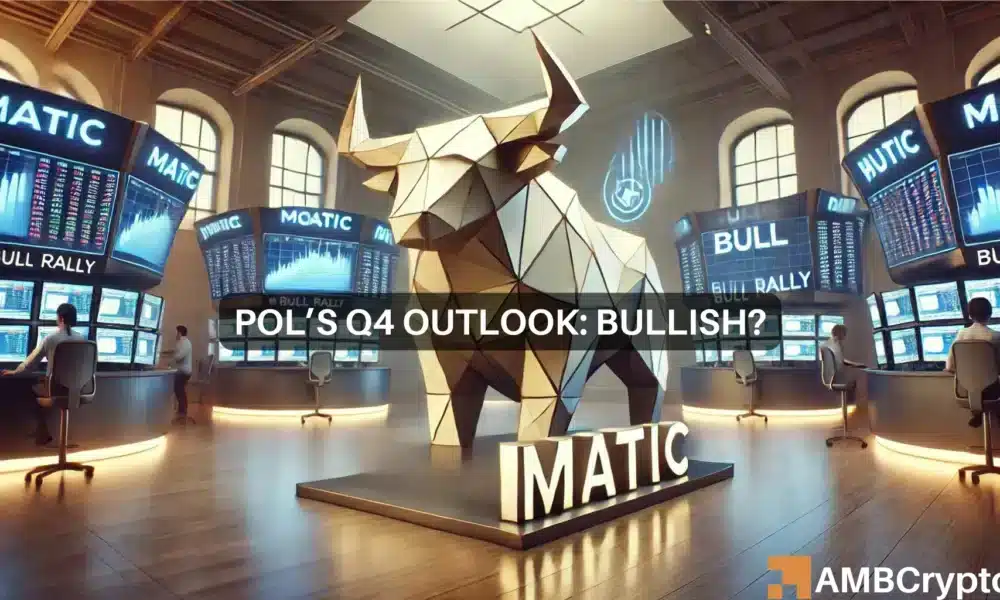September proved to be a tough month for Polygon [POL], as it separated from the overall positive sentiment in the crypto market despite some initial hope linked to the token swap within the ecosystem.
The layer 2 scaling network successfully implemented an upgrade that facilitated the eagerly awaited migration from MATIC to POL on 4th September, aiming to bring more functionality and adaptability to the network.
Although there was significant excitement surrounding this development, POL saw a reversal in its fortunes during the final week of the month.
An analysis on TradingView reveals that the token’s price fell from a monthly peak of $0.446 on 28th September to $0.398 by the end of the month.
As of now, POL (formerly known as MATIC) is being traded at $0.38, reflecting a 5.6% decline for the day and a staggering 70% drop from its all-time high on 13th March.
Profitability for Holders as Q4 Begins
The lackluster performance of POL in September starkly contrasts with Bitcoin and several other altcoins that saw decent gains in a month traditionally associated with negative price movements.
Data from Coinglass indicates that Bitcoin’s price surged by 7.29% in September, while Ether experienced a 3.56% increase during the same period.
The dip in POL’s price is particularly worrying, with as many as 95% of token holders currently facing unrealized losses, as reported by IntoTheBlock. This includes 81% of holders who have possessed the token for a year, a period during which POL has lost 37% of its value.
Key Achievements for the Ecosystem
Polygon Labs recently implemented the Ahmedabad hardfork on the Proof-of-Stake (PoS) mainnet after a successful two-week trial on the Amoy testnet.
This upgrade, marking an essential milestone in Polygon’s development roadmap, introduced three Polygon Improvement Proposals, namely PIP-30, PIP-36, and PIP-45.
These proposals bring various enhancements to the PoS chain, primarily focused on enhancing the experience for decentralized application (dApp) users and developers.
PIP-30 raised the maximum code size from 24KB to 32KB, allowing dApp developers to execute more complex contract deployments and logic. PIP-36 addressed the issue of stuck bridge transactions by enabling the replay of failed state syncs.
Technical Analysis of POL/USD
Examining the POL/USDT 4-hour chart, it is observed that the Relative Strength Index (RSI) witnessed a minor recovery from oversold levels before dropping again. The RSI currently stands at 30.61 at the time of this analysis.
The 200-day Simple Moving Average (SMA) slipped below the 100-day SMA on September 28, following a similar drop below the 50-day SMA a day earlier.
These crossovers signal a weakening momentum, suggesting that the POL price might face downward pressure in the coming days.
In a prior occurrence of such a bearish crossover pattern, the rising 50-day SMA crossed over the flat 200-day SMA on 24th August. Subsequently, the 100-day SMA, trending upwards, crossed above the 200-day SMA three days later on 27th August.
This crossover marked the beginning of a price decline for POL, with the token’s value plummeting from $0.576 on August 24 to $0.415 on August 30.

